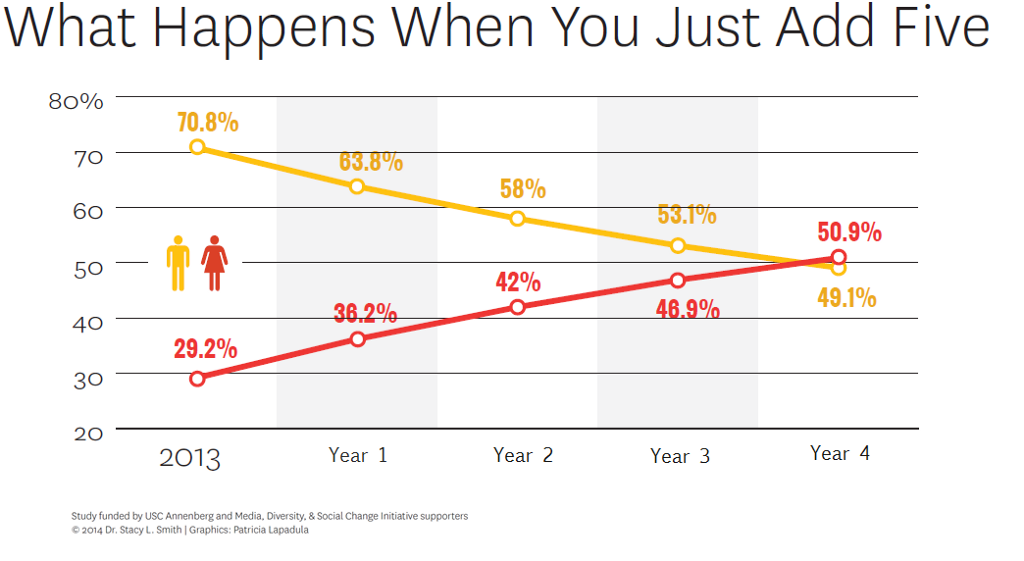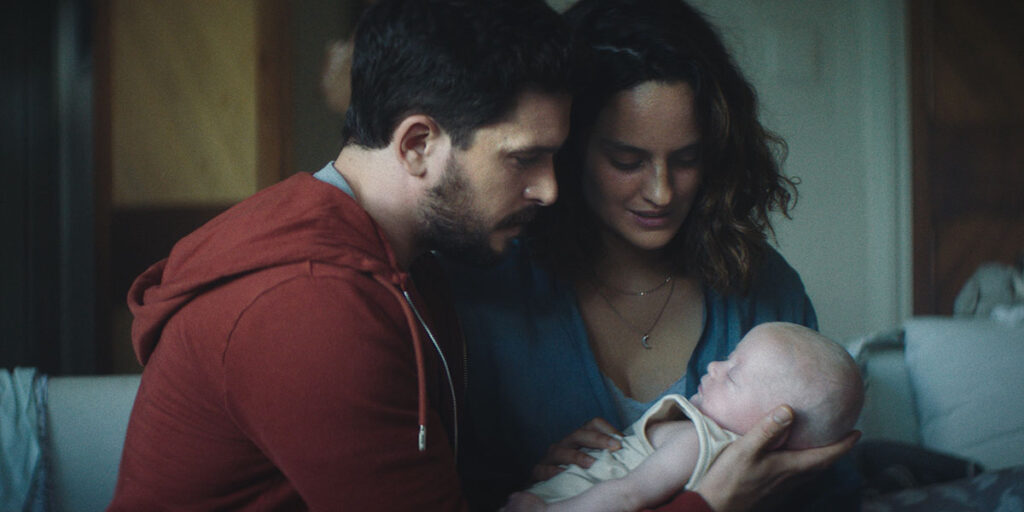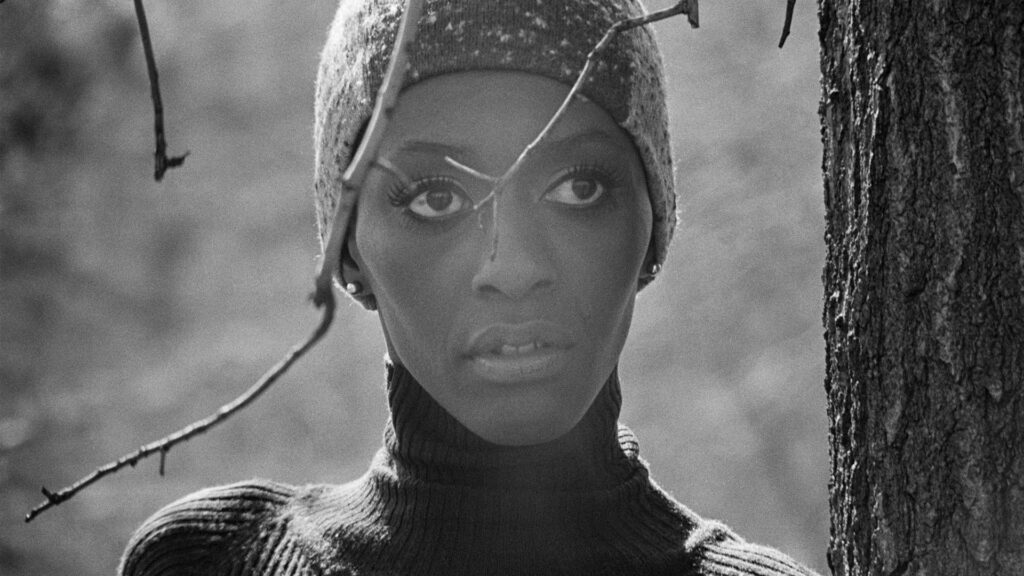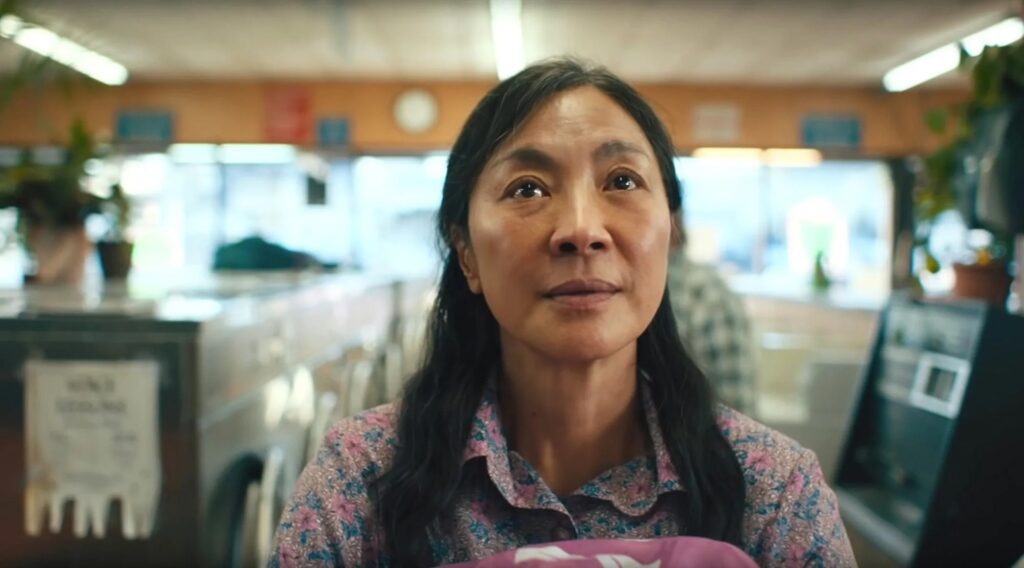Each year, my Media, Diversity & Social Change Initiative assesses
the gender of all speaking characters (those saying one or more words on
screen) across the 100 top-grossing films.
In 2013, only 29.2% of all speaking characters (4,506 evaluated) on
screen were female. This percentage has
not moved very much over time. In 2007,
the percentage of speaking characters that were female was 29.9% and in popular
films released between 1990–1995, it was 28.7%.
Other researchers have found similar results. For instance, in a sample of films theatrically
released between 1946 and 1955, only 25% of characters were female. Clearly, females have been facing a
representational roadblock on screen for decades even though they comprise 50%
of the population.
So, what would it take to change this percentage? To be honest, not much. If filmmakers just added five female speaking
characters to their current slate of projects (without taking away or changing any
of the male characters) and repeated the process for four years, we would be at
parity. Yes, you read that correctly. The
gender imbalance in top-grossing films would correct in just four years. I should note that this tactic would
not take away jobs from male actors. It
would just add five female actors on screen saying one or more words. Just add five is a slightly different approach
— but along the same vein — as what actor Geena Davis called for last year in
a blog post for The Hollywood Reporter.
Now, you might wonder what just adding five would cost. Per film, the expenditure is cheap. A call to the Screen Actors Guild-AFTRA
revealed that hiring an actor to say one or more words on screen only costs $880.00
per day. Just adding five female actors on screen would cost a total of $4,400 per
film. Of course, this rate will increase
over time as characters are added and with SAG-AFTRA agreements. Given that the top 100 films per year
typically make at least $25 million
domestically, adding $4,400 to the production costs seems like a very small ask.
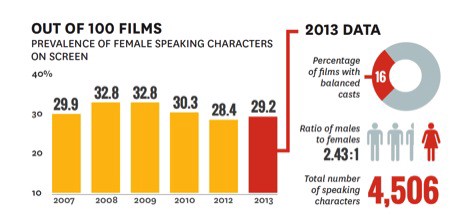
Perhaps your next question is where to add female characters? The
five you add do not need to be female leads, co leads, or even supporting
characters — though, if that is your intent, we will hardly stand in your way. Most characters in a film are inconsequential
to the storyline. My research has
shown routinely that the typical feature film depicts roughly 45 characters on
screen. The lion’s share of those
characters only say a few words. For
example, a person serving food at a local restaurant (e.g., “here by
yourself again?”), a research analyst working on a computer (e.g., “we
traced her cell phone”) or a police officer addressing citizens (e.g.,
“The 405 is closed due to an alien invasion”) are speaking characters
not usually relevant to the plot. But,
given entrenched social stereotypes, these occupational roles are often
implicitly or explicitly cast along traditional gender lines. This process, repeated time and time again,
undoubtedly contributes to the gender imbalance we continue to see on
screen. Your efforts can change this, and
with just a few keystrokes.
Just adding five female characters has an additive effect. If five female characters are added to every
movie this year, then next year we will start at a higher overall industry norm
for female speaking characters on screen. The same will happen the following year, and
the year after that. Change will only
occur when writers and casting directors begin to think about how tertiary
characters appear in films. In some
movies, this may be difficult. Films
about war, a male basketball team, or a historical picture about Watergate may
cast very few females because of the subject matter. But, if we look across an entire studio’s
slate of films, there should be ample room to get to parity across multiple
stories and compensate for those few movies that skew male on screen. And, you need not be concerned that the films
will tip female. My MDSC research
reveals that very few films (only 2 in 2013) have more females than males. And, gendered balanced films are rare across
the top 100 movies each year between 2007 and 2013.
Just adding five is one small solution to the gross gender imbalance
that plagues the movie industry. The
remedy is simple and one that many in Hollywood wouldn’t even notice. I know this because we conducted a study
(funded by the Geena Davis Institute on Gender in Media) interviewing roughly
100 content creators and asked them (among many other questions) if a gender-balanced
script would raise a red flag. Over 95% responding
to the question said “no.”
Further, almost a third spontaneously reported that they wouldn’t even
notice if a story featured gender parity.
Most importantly: over half responding to the question indicated that
gender balance would not impact a film’s bottom line. Clearly, this is low hanging
fruit for those reaching for change.
Overall, the solution is simple: Just add five female speaking
characters to scripts going into production. Then, repeat this process for an
additional three years and do not look back.
If each of the major studios and production companies creating content
agreed to do this, we would reach parity in just four years. This would be a
historical shift and one whose time has come. If you run a studio or production company, or
are a development executive and are still wondering how this might work, email me. I am happy help find ways to just add five female
characters to your films. It is possible
to preserve the sovereignty of the story you are trying to tell while
contributing to gender equity on screen for males and females alike. Just add five — and in four years film
characters might actually represent the audience they are trying to entertain.
Written with assistance of Marc Choueiti & Dr. Katherine Pieper. For more information go to Media, Diversity, & Social Change Initiative at USC Annenberg
Cross-posted with permission from The Wrap.
